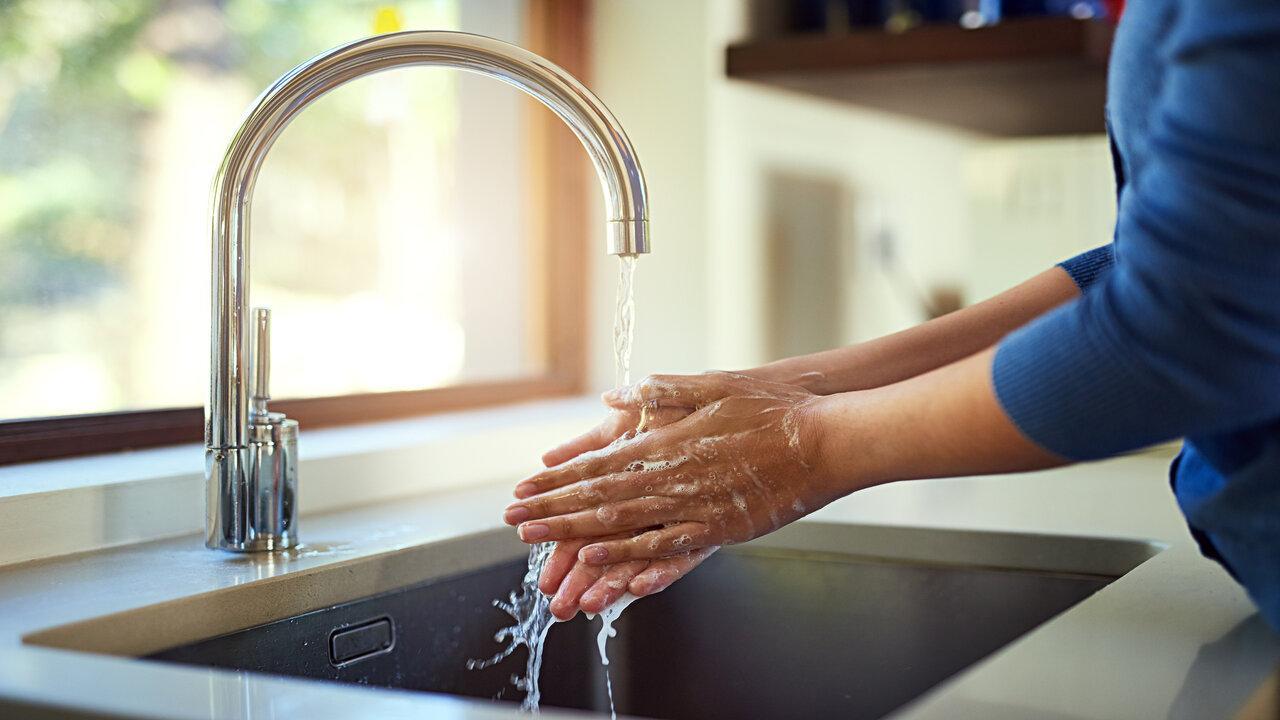Everything you should know about World Hand Hygiene Day and the significant role of hand washing as an effective public health measure

Representative image. Pic/iStock
Hand washing, along with wearing masks and maintaining social distance, has emerged as one of the most crucial preventive measures against Covid-19. Over the past year, as many of us scrubbed our hands with soap and water for at least 20 seconds, the importance of keeping them clean became a matter of both personal and public health.
ADVERTISEMENT
On a day designated for reflection on this low-cost, life saving habit, we put together a list of things worth know about hand washing:
What is World Hand Hygiene Day?
Established by the World Health Organisation (WHO), this day is observed every year on May 5. With an aim to spread awareness, this year’s campaign stresses on the crucial role hand washing plays in limiting the spread of Covid-19, and in protecting against a range of outbreaks, including of food-borne diseases. The Hungarian scientist Ignaz Semmelweis had famously proposed hand washing for physicians before and after each medical examination. This helped fight the spread of puerperal fever and Semmelweis became known as the “father of infection control”.
How does washing hands save lives?
The benefits of this practice are not limited to Covid-19 containment. According to the US governmental agency Centres for Disease Control and Prevention (CDC), global estimates suggest that washing hands with soap could reduce diarrhoeal disease-associated deaths by up to 50 percent. Further, it can reduce the risk of respiratory infections by an impressive 16 percent.
What is holding back hand hygiene?
Millions of families across the globe, however, still do not have reliable access to this highly cost-effective public health measure. According to a joint report by the WHO and United Nations Children’s Fund (UNICEF), a hand washing facility with clean water and soap remained alarmingly beyond the reach of three billion people, as of 2019.
What is the picture like in India?
In India, access to clean water and toilets has been a long standing issue that has continued to adversely impact public health. Issues of accessibility are not limited to rural India, a working paper published by the World Resources Institute (WRI) concluded, noting that global data underestimates the urban water crisis.
In crowded metropolitan cities such as Mumbai, the informal settlements are most water insecure. In one of the many slums across the city, WRI found that over 2,000 people lacked access to piped water and 70 percent of the residents relied upon water tankers to receive what was far below the WHO’s recommendation of 50 litres per day.
Calls for reliable access going forward
Several government and aid agencies are focused on providing temporary solutions, especially during the current crisis, but without long term policy and infrastructural changes, it is likely people will remain vulnerable to multiple deadly diseases.
On World Hand Hygiene Day 2021, WHO has called on institutions to ensure access to clean water and soap. It has also urged health care workers to achieve effective hand hygiene action at the point of care, which is defined as the place where patients, healthcare workers, and treatment come together. “(An) organisation’s leadership has to be a champion for hand hygiene,” suggests Dr Tilak Suvarna, senior interventional cardiologist at the Asian Heart Institute, Mumbai. “More than anything else, information about hand hygiene must be disseminated in as many languages as possible — to as many people as possible.”
Hand washing has been a simple yet effective measure for infection control that should be encouraged and continually practised, more so in light of the fight against Covid-19.
 Subscribe today by clicking the link and stay updated with the latest news!" Click here!
Subscribe today by clicking the link and stay updated with the latest news!" Click here!






